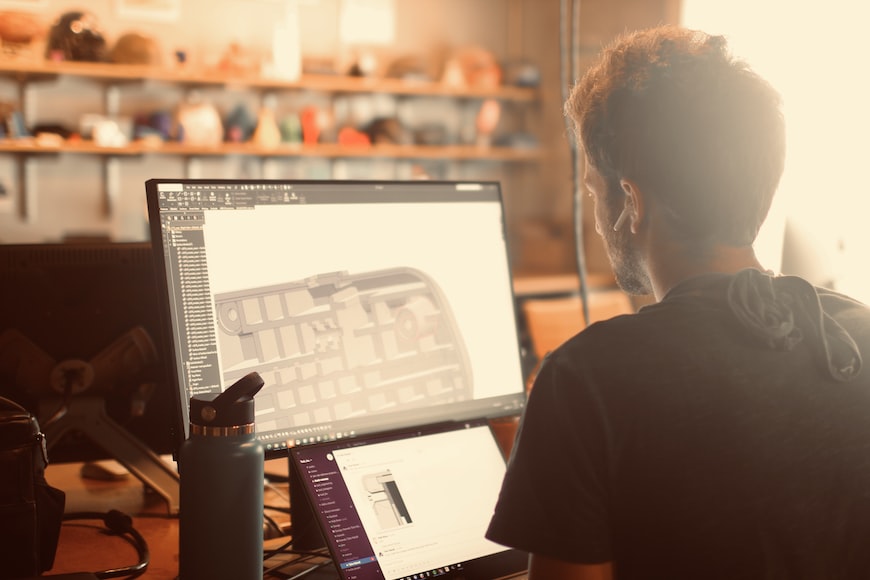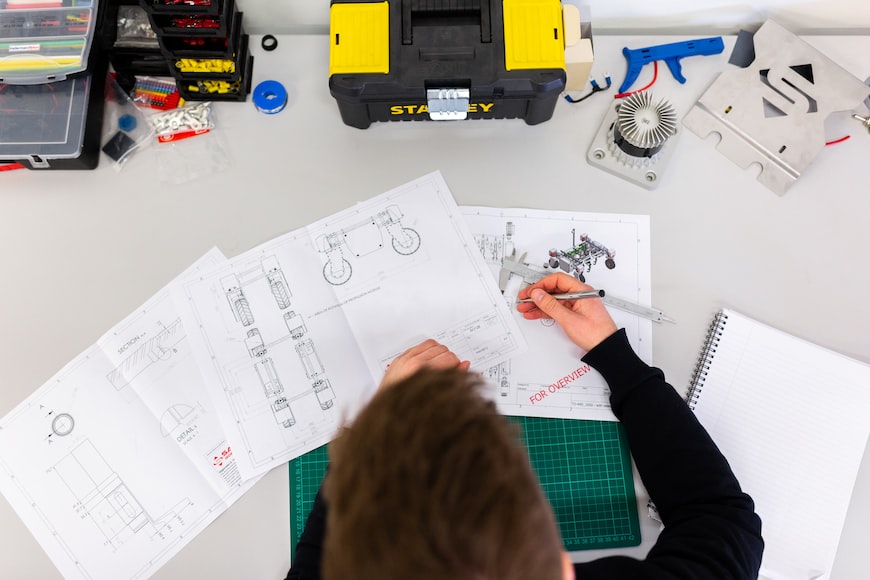Breaking into the World of Industrial Design: How Easy is it to Get a Job?
The realm of industrial design is a lively and imaginative domain that encompasses the design and development of products that are not only practical but also visually appealing. Whether it be consumer electronics, furniture, or automotive design, industrial designers hold a crucial responsibility in molding our everyday experiences. However, for numerous prospective industrial designers, the query persists: how feasible is it to acquire a job in this fiercely competitive sector?

Photo: Tool., Inc/Unsplash
The reality is that breaking into the world of industrial design can be a challenging and competitive process. With a growing number of design programs and graduates, the job market is becoming increasingly crowded, and employers are looking for candidates with a range of skills and experience. So, what does it take to succeed as an industrial designer and land your dream job? Let's take a closer look.
- Education and Skills
One of the most critical factors in securing a job as an industrial designer is having a strong educational background and a diverse range of skills. While many industrial designers have a degree in industrial design, others come from related fields such as product design, engineering, or architecture. Regardless of your educational background, it's essential to have a strong understanding of design principles, manufacturing processes, and materials.
In addition to formal education, industrial designers must possess a wide range of technical and creative skills, including 3D modeling and rendering, sketching and prototyping, and problem-solving. They must also have a solid grasp of industry-specific software such as SolidWorks, Rhino, and Adobe Creative Suite.
- Building a Strong Portfolio
Another critical aspect of securing a job as an industrial designer is having a strong and compelling portfolio. A portfolio is a collection of your best design work that showcases your skills, creativity, and design process. It is an essential tool for demonstrating your ability to solve design challenges and create innovative solutions.
When building your portfolio, it's important to showcase a diverse range of projects, including both conceptual and realized designs. It's also essential to highlight your design process, including sketches, ideation, and prototyping. A well-crafted portfolio can make all the difference when it comes to landing an interview and impressing potential employers.
- Networking and Industry Experience
Like many industries, networking and industry experience can play a significant role in securing a job as an industrial designer. Attending industry events, such as design conferences, trade shows, and networking events, can help you build relationships with other designers, industry professionals, and potential employers. It's also a great way to stay up to date on the latest design trends and technologies.
In addition to networking, gaining industry experience through internships or freelance work can be an excellent way to build your skills and gain valuable real-world experience. Many design firms and companies offer internships to aspiring designers, providing an opportunity to work on real projects and learn from experienced professionals.
- The Job Market
While the job market for industrial designers can be competitive, there are still many opportunities available for those with the right skills and experience. According to the Bureau of Labor Statistics, employment of industrial designers is projected to grow 3 percent from 2021 to 2031,which is slower than the average for all occupations.
However, the job market can vary depending on the location, industry, and specific design field. For example, the automotive and consumer electronics industries are highly competitive, while furniture and product design may offer more opportunities for entry-level designers.

Photo: ThisisEngineering RAEng/Unsplash
Breaking into the world of industrial design can be a challenging process, but with the right education, skills, portfolio, and industry experience, it's possible to land your dream job. It's also essential to stay up to date on the latest design trends and technologies, network with other designers and industry professionals, and be persistent in your job search.
- Breaking into the world of industrial design can be challenging and competitive.
- Having a strong educational background and a diverse range of skills is essential to succeed as an industrial designer.
- A strong and compelling portfolio is critical for demonstrating your ability to solve design challenges and create innovative solutions.
- Networking and industry experience can play a significant role in securing a job as an industrial designer.
- The job market for industrial designers can vary depending on the location, industry, and specific design field.
- Success in industrial design comes down to a combination of talent, hard work, and a willingness to continuously learn and improve.
FAQ
What is an industrial designer?
An industrial designer is a professional who designs and develops products that are both functional and aesthetically pleasing.
What education is required to become an industrial designer?
Most industrial designers have a bachelor's degree in industrial design or a related field such as engineering or architecture.
What skills do industrial designers need?
Industrial designers need a range of skills, including creativity, problem-solving, technical expertise, and communication skills. They must also be proficient in computer-aided design (CAD) software.
What industries employ industrial designers?
Industrial designers are employed in a variety of industries, including manufacturing, wholesale trade, and professional, scientific, and technical services.